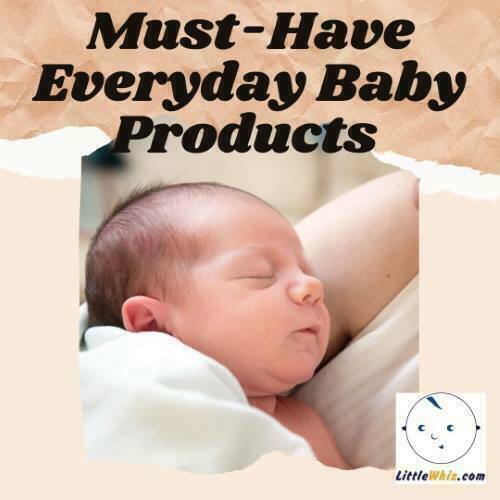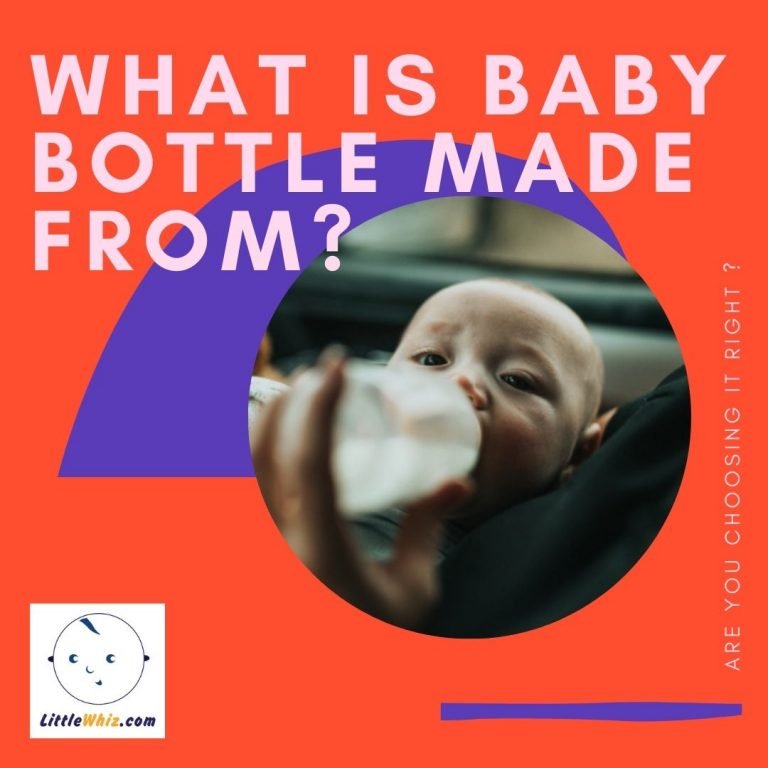
Infant Car Seat vs Convertible Car Seat: Which Should You Choose?
Choosing the right car seat for your baby is one of the first big decisions you’ll face as a new parent. In Malaysia, the use of child car seats is not just recommended, it’s legally required for children under 36kg and below 135cm in height. But with so many options on the market, how do you know whether to go with an infant car seat or invest in a convertible car seat right from the start?
Each has its pros and cons, and understanding their differences can help you choose the one that best suits your family’s lifestyle, travel habits, and long-term needs. In this article, we’ll explore how infant and convertible car seats differ, what each is best for, and how to decide which one is right for your child.
What Is an Infant Car Seat?
An infant car seat is specifically designed for newborns and younger babies, typically from birth up to around 13kg (about 12 to 15 months old, depending on growth rate). These seats are rear-facing only, which is the safest position for infants because it provides better support for their still-developing neck and spine in the event of a collision.
Infant car seats are often valued for their portability. They come with a convenient carry handle and can be easily detached from a base installed in your car. Many models are also compatible with strollers, forming a travel system that allows you to move a sleeping baby from car to stroller without waking them.
Because of this portability, infant car seats are especially practical for parents who are frequently on the move or need to juggle car rides, errands, and daycare drop-offs.
What Is a Convertible Car Seat?
Convertible car seats are built for long-term use. As the name suggests, they can “convert” from a rear-facing seat for infants to a forward-facing seat for toddlers and older children. These seats typically accommodate children from birth up to 18kg–25kg or more, depending on the model.
Unlike infant car seats, convertible seats are installed permanently in the car. They’re heavier and not meant to be moved in and out regularly. While some models are technically suitable from birth, they may not offer the same snug fit and head support that a smaller infant car seat provides.
Still, many parents appreciate the cost-efficiency of convertible seats. Rather than replacing an infant car seat after a year, a convertible seat can potentially last for several years, reducing the number of upgrades you need to make as your child grows.
Key Differences Between Infant and Convertible Car Seats
Here’s a side-by-side comparison to help clarify the differences:
| Feature | Infant Car Seat | Convertible Car Seat |
|---|---|---|
| Suitable Age/Weight | Newborn to ~13kg (~12-15 months) | Newborn to 18kg–25kg+ (up to 4–6 years) |
| Orientation | Rear-facing only | Rear-facing (infant) & forward-facing |
| Portability | Lightweight, detachable, with handle | Fixed installation, not portable |
| Stroller Compatible | Yes (often part of travel systems) | No |
| Installation | Click-in base, easy to remove | Installed directly into car |
| Longevity | Short-term use | Long-term use |
| Cost | Lower upfront cost | Higher upfront, but lasts longer |
| Comfort for Infants | Snug fit with proper head support | May require infant insert |

Which One Should You Choose?
There’s no one-size-fits-all answer, it really depends on your needs, budget, and daily routine.
If you’re a first-time parent looking for maximum convenience in the early months, an infant car seat may be the more practical choice. It’s easy to carry, fits small babies snugly, and often works seamlessly with a stroller. This is especially helpful if you foresee a lot of short trips or need to transfer your baby in and out of the car frequently.
On the other hand, if you’re aiming for long-term value and don’t need the portability, a convertible car seat can be a solid investment. It’s ideal for families who drive more than walk, have more than one child, or prefer to buy once and use the same seat for years.
Parents who already have a travel stroller may find that a convertible seat eliminates the need for an infant carrier altogether, provided the baby fits well and is supported safely from day one.
Safety Considerations to Keep in Mind
Both infant and convertible car seats are safe, as long as they are used correctly and meet current safety regulations. Look for models that comply with recognized safety standards (such as ECE R44/04 or UN R129 i-Size) and always install the seat according to the manufacturer’s instructions.
Rear-facing seats are the safest position for infants and toddlers. Most convertible seats allow rear-facing use for up to 18kg or more, so you can keep your child in this position well beyond the infant stage, which is highly recommended by pediatricians and safety experts.
Another thing to consider is the fit of the car seat in your vehicle. Some convertible seats may be bulky and not suitable for smaller cars, especially when rear-facing.
When to Transition from Infant to Convertible Car Seat
If you start with an infant car seat, you’ll eventually need to switch to a convertible one. Most infant seats have a weight limit of around 13kg, or a height limit where the baby’s head is within one inch of the top of the seat.
Signs that it’s time to transition include:
- Your baby has reached the maximum weight or height limit for the infant seat
- The harness straps no longer fit comfortably
- Your baby looks cramped and is sitting too upright
When upgrading, make sure the convertible seat allows rear-facing use up to at least 18kg. Keep your child in the rear-facing position for as long as possible before transitioning to forward-facing.
Final Thoughts
Choosing between an infant car seat and a convertible car seat comes down to your lifestyle, your car, and how you plan to use the seat day to day. If you value portability and the convenience of a travel system, an infant car seat might be the right starting point. But if you’re looking to make a one-time investment that grows with your child, a convertible seat could be the smarter pick in the long run.
Ultimately, both options can keep your baby safe on the road when used properly. Ready to decide? Explore our Infant Car Seat Collection or browse our full range of Convertible Car Seats to find the perfect fit for your journey. We also offer a wide variety of Baby Car Seats in Malaysia, shop online today!





